After saying goodbye to the crew of SV Millennium, I set off to my next adventure on the other side of Malaysia, in Borneo. I would be volunteering for the Tropical Research and Conservation Center (TRACC) with my new friend Megan whom I met through Instagram and a mutual connection. My flights took me from Langkawi to Kuala Lumpur where I met up with Megan, then to Tawau where we arrived early in the morning.
Being the only two white girls at the airport, our driver found us easily and we set off on the one-hour drive to the coastal town of Semporna. Upon arrival, we were met by one of TRACC’s directors, Robin, who was, surprisingly, a tall Dutch man about my age. We went out to lunch with Robin as we waited for the transfer boat and he shared more about the program.
TRACC was founded to help restore the coral reefs around Pom Pom Island that were destroyed by dynamite fishing while helping to monitor and preserve the local sea turtle population. During lunch, Robin explained to us the socio-economic situation that lead to such destructive fishing practices. The town of Semporna has a population of around 135,000 people but 100,000 of these people are undocumented meaning they have no identification, no way to legally make money, no bank account, no education, no property, no right to vote, and no path to citizenship. With no government identity, they also couldn’t leave or marry for citizenship somewhere else.
How did this happen? This is what I came to understand: Before the creation of borders, this area was populated by sea gypsies living and trading amongst the islands that are now parts of Malaysia, Indonesia, and the Philippines. Eventually, the land was claimed and one day, the Malaysian government came to take a census of the people but only came once; anyone out at sea that day did not get documented. The number of undocumented people began to grow as they had children, who were also considered undocumented.
As I’ve mentioned before, Malaysia is an institutionally racist and religious country that is designed to benefit Muslims of native Malaysian descent. As a result of the Spanish colonization of the Philippines, the sea people of the area largely practice Christianity over Islam. Therefore, the Malaysian government has no interest in providing a path to citizenship for any non-Muslim person. I even heard that everything in Borneo is more expensive, except for contraception because they wanted to control the population of these undocumented people.
Upon arriving in Semporna, it was shocking to see the level of poverty. I had been in Malaysia for 3 months already and had never been approached by someone begging for money until coming here. As we walked through town, my hands and arms were being grabbed by small children, motioning that they needed money to feed themselves. We were also approached by several people asking to help us with our bags for whatever change we could spare.
After years of living in Los Angeles, my initial reaction was to shoo beggars away but then I remembered that homeless people in America have access to government services like shelters and soup kitchens. These people had been failed by the system and their government treated them worse than stray dogs. On our way to the dock, we walked through a neighborhood that appeared to be built on stilts above layers and layers of trash. Without land rights, they were forced to build houses where they could.
It wasn’t surprising to hear that dynamite fishing was often the only way these people could survive. Dynamite fishing is a horrible practice where dynamite is thrown into the water to kill all the fish and thereby destroying the reef. The fish float to the surface to be collected and sold. Robin explained that the fishermen often get the dynamite supplied to them by local restaurants, often Chinese. In exchange for the dynamite, the restaurant gets to keep all the large fish and the fisherman can keep the rest.
Although dynamite fishing is illegal, it’s not strictly enforced and still happens. I would come to recognize the sound of an explosion underwater, luckily from a distance. The saddest part is that if these people only had a path to citizenship and a way to make money legally, dynamite fishing would soon be a thing of the past. The town of Semporna is just a small representation of what has happened across Malaysian Borneo, leading to the destruction of the island’s natural resources both above and below the water. As we flew in, just a few hours earlier, it was easy to see that the Borneo jungle famous for its native orangutangs, was now mostly taken over by palm oil plantations.
This is where TRACC comes in, to help rebuild one of the reefs that has been destroyed. Robin, Megan, and I made our way to the transfer boat where we were greeted by several employees loading up the boat with fresh food for the week. Robin explained they only hire local, undocumented people to help with operations. Every person that TRACC can pay a living wage to is one less person having to resort to dynamite fishing. He also recognizes that each wage is often the only income for the entire family. Although the program employs just 15 people, he estimates their compensation goes to supporting around 75 to 100 people.
Arriving in Semporna was eye-opening and I was curious to see what our time on the island would be like.
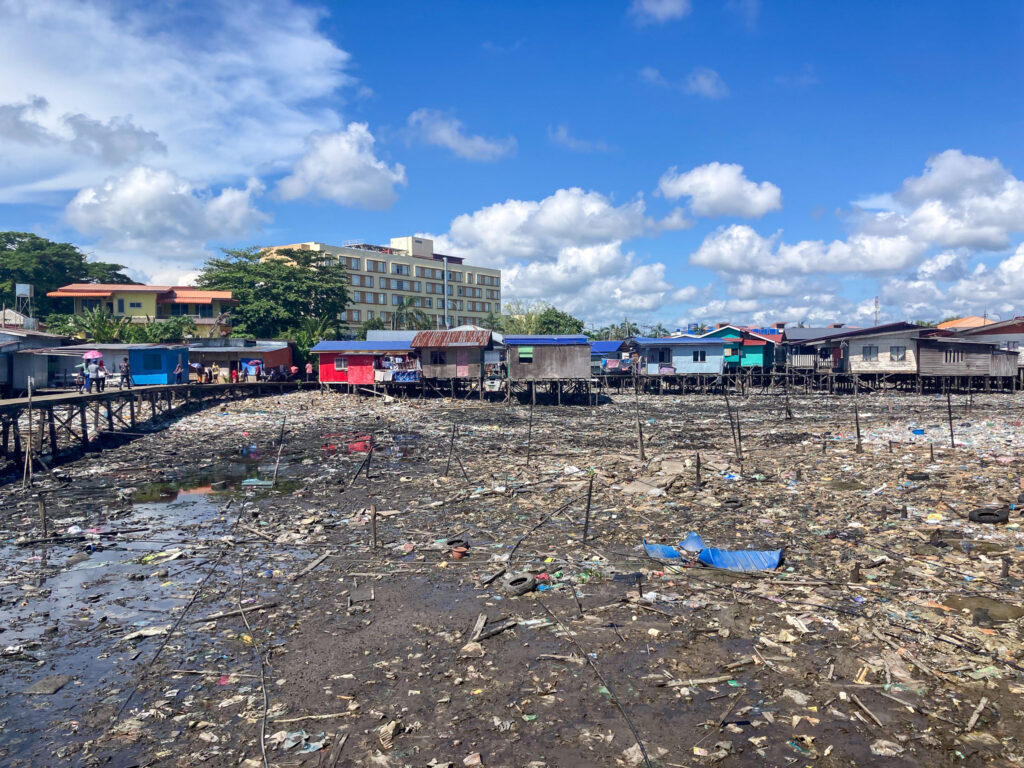


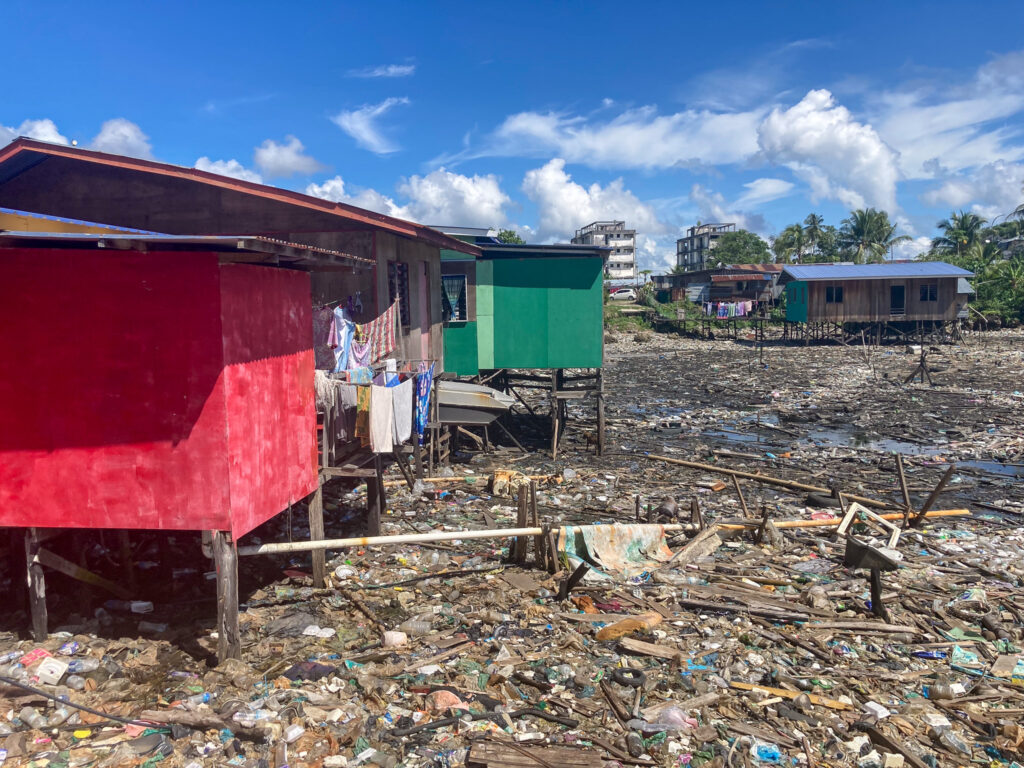
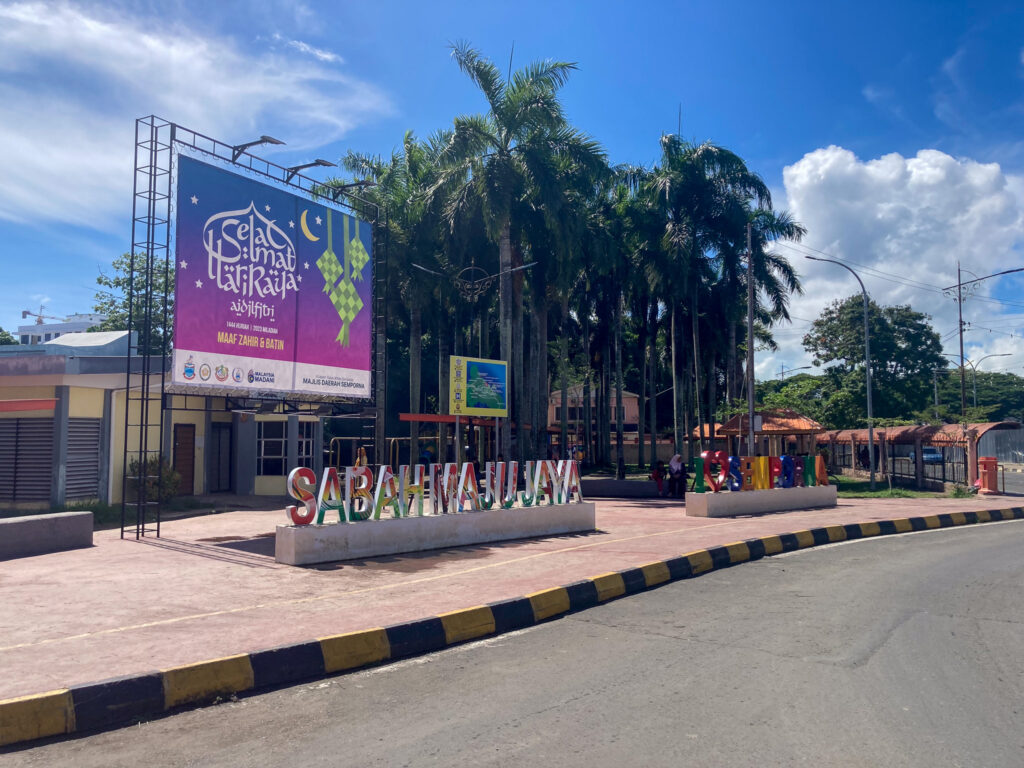
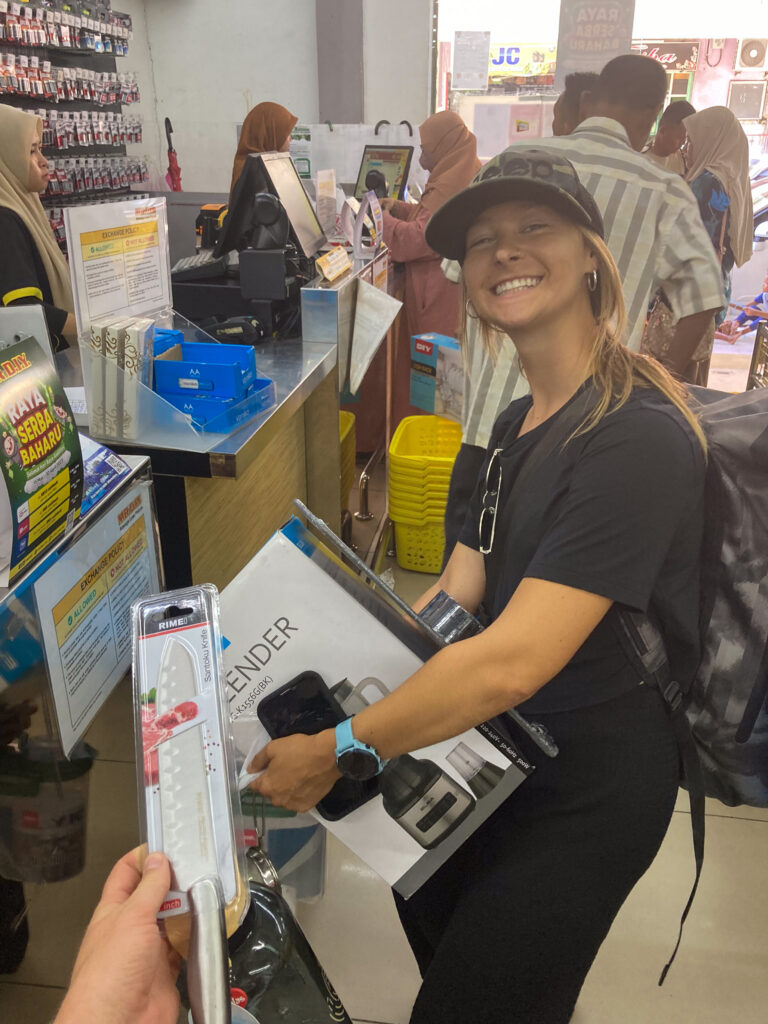

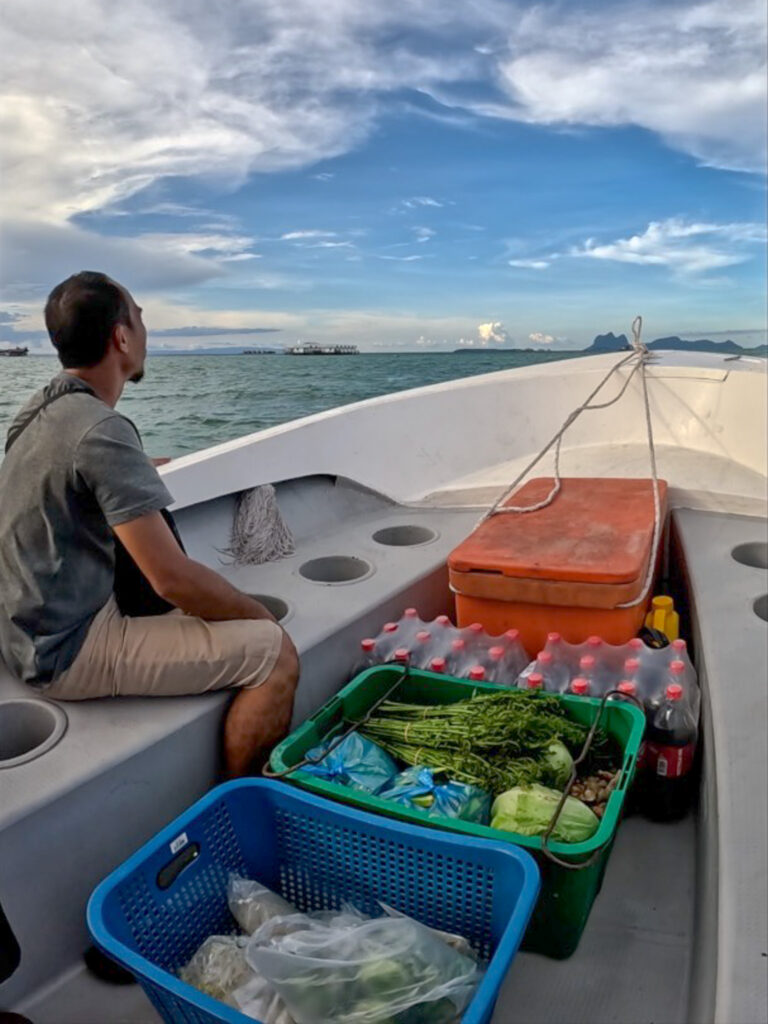
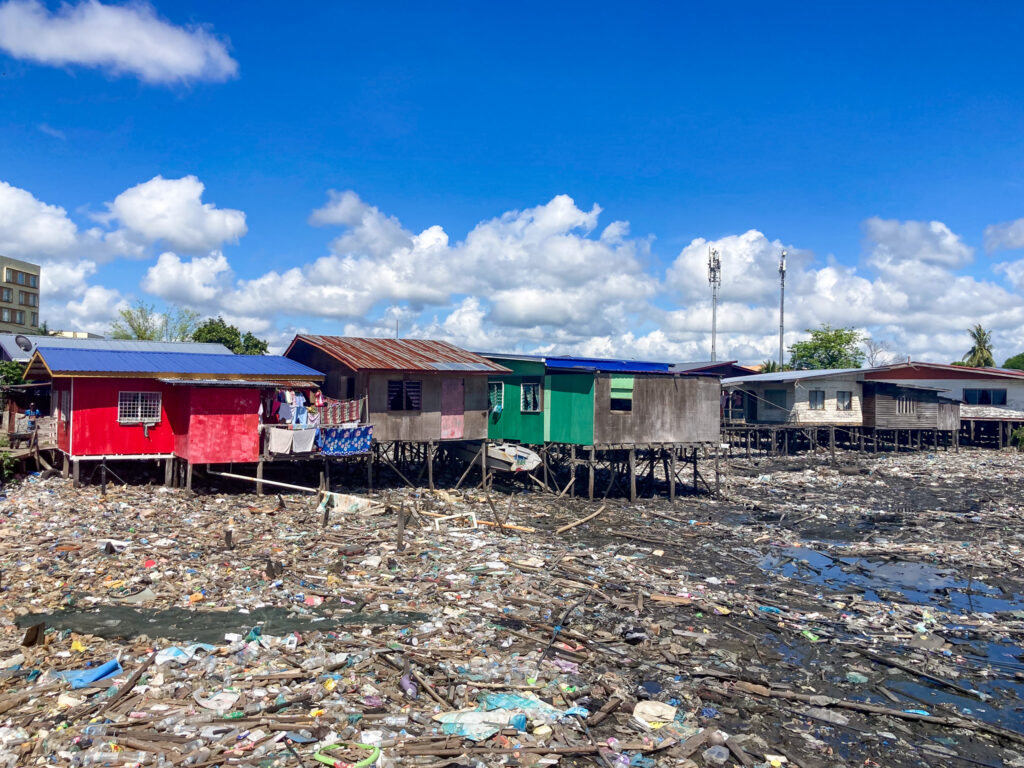
You are just amazing, Amanda. I am so happy for you and the planet that you ended up in this place that seems to need you so badly. All of your experience before this has prepared you for this challenge! I applaud you and wish you a good day-every day! Hope to see you in San Carlos again one of these days.
Linda Cunningham (I’m a friend of your Dad’s friend, Dianne Abendroth, and met you at the Soggy Peso).